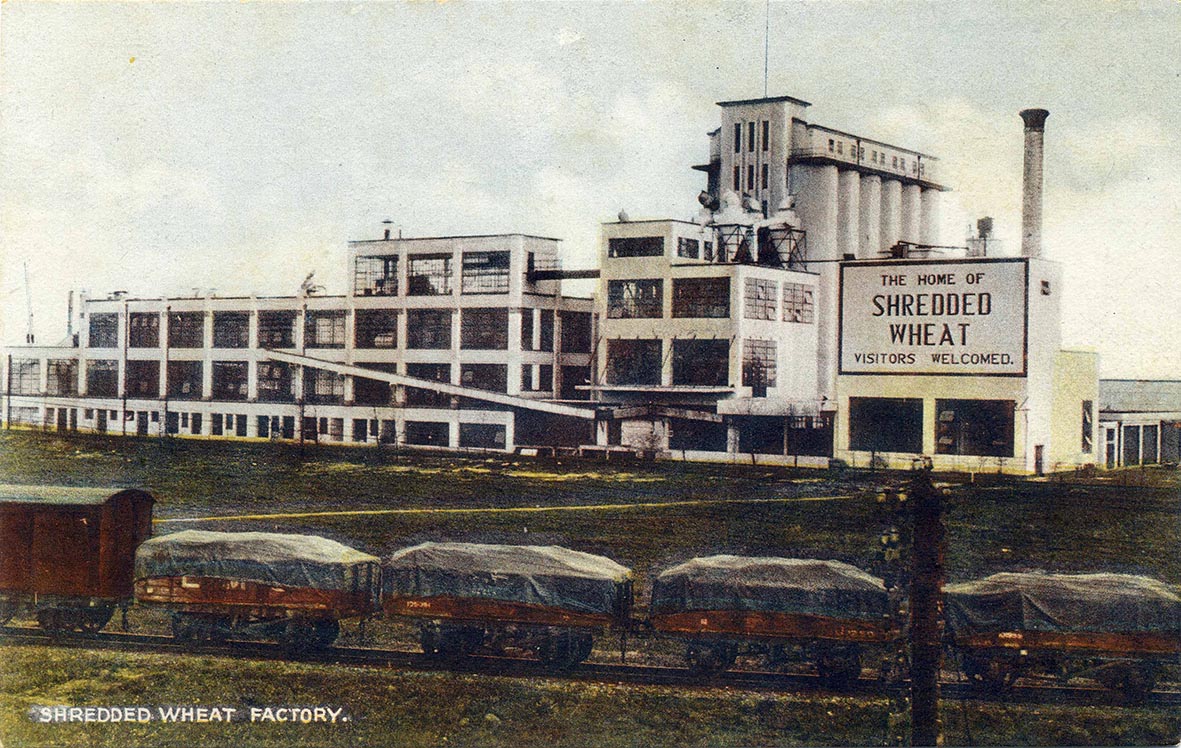This cut the site in two; Louis de Soissons, chosen by Howard to be the city planner and chief architect, decided to put houses and shops on the west side and factories on the east. Now that the land directly to the east of the station has been cleared for development one has a panoramic view from the long footbridge over the lines of the impact of these decisions. Next, the LNER was vital in transporting building supplies for the emerging town. These were delivered to a site just off the main line on the branch line that travelled west towards Luton. A halt was constructed there too which for the first few years served to ferry the early settlers to and from London where many of them worked. Sidings were constructed alongside the main line and the Hertford branch line to serve industries like Shredded Wheat, which used them to bring in cereals and send out finished goods.
What the LNER did for the future of garden cities
Ebenezer Howard first saw the site of Welwyn Garden from an LNER (London and North Eastern Railway) train, as he commuted from Letchworth (his first Garden City) to London, where he worked as a Parliamentary Reporter for Hansard. He looked out on the sparsely inhabited farmland, and in his imagination thought it would be the ideal spot for a second Garden City.
The main station was opened in 1926 by Neville Chamberlain then Minister of Health and well known to Sir Theodore Chambers, the chairman of the Welwyn Garden City Company. The station was developed into the Howard Centre in 1990. Howard envisaged that Garden Cities would provide employment for those who lived in them but this was never true of Letchworth or Welwyn Garden. Instead, a significant proportion of their citizens were commuters, relying on fast trains to London.
With the growth of working from home this group may dwindle, so perhaps Howard’s dream may be not so farfetched after all.
This article by Geoffrey Hollis for the WGC Heritage Trust was first published in the Welwyn Hatfield Times on 7 Dec 2022.



